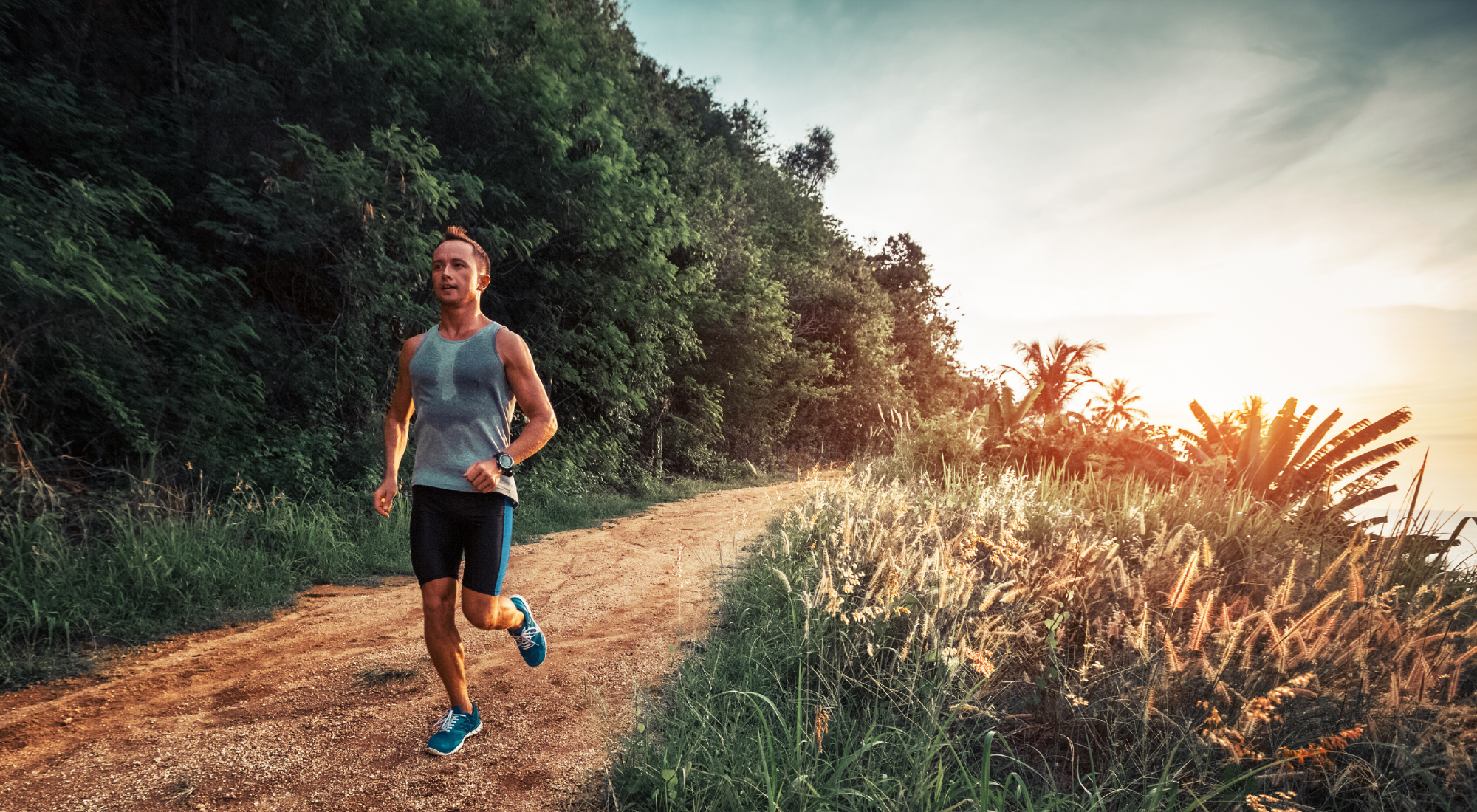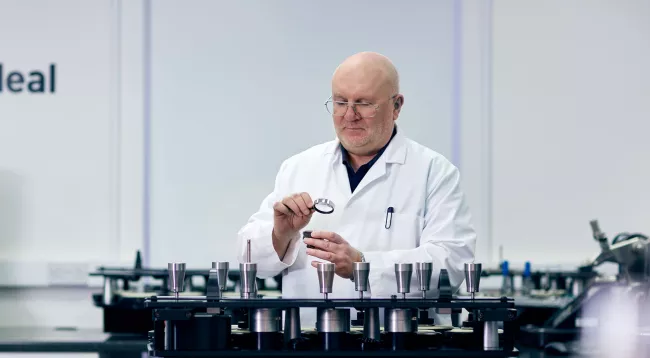In our latest installment of our Your Questions Answered series, we answer your questions on the Fundamentals of Wicking. In our recent Fundamentals of Wicking webinar, presented by our Business Development Manager Alex Mitchell, we were asked a number of interesting and informative questions. We've compiled them below...
Wicking Fundamentals: Your Questions Answered
Categories
Études de cas
Découvrez les entreprises avec lesquelles nous avons travaillé et qui utilisent nos instruments, matériaux d'essai et services.
Evénements
Rejoignez-nous lors d'événements en direct et de démonstrations en ligne à venir, et bénéficiez d'un aperçu détaillé des tests effectués par nos technologues textiles expérimentés.
Instruments
Sur cette page, vous trouverez toutes nos actualités, blogs et articles relatifs à nos instruments. Soyez les premiers à être informés de nos nouveaux produits en matière d'instruments d'essai des matériaux.
Interviews
Découvrez les personnes qui se cachent derrière James Heal grâce à nos interviews "Rencontrez l'expert", y compris des études de cas de clients
Dernières nouvelles
Suivez les dernières nouvelles et mises à jour de James Heal.
À la demande
Nos webinaires gratuits à la demande fournissent des informations détaillées et des connaissances expérimentées sur les essais de textiles. Ils sont idéaux pour tous ceux qui découvrent ce domaine d'essai, ainsi que pour les professionnels de l'industrie.
Histoires de partenaires
Découvrez nos partenaires - des articles détaillés sur les entreprises avec lesquelles nous travaillons. Nous avons des partenaires dans plus de 60 pays à travers le monde.
Les personnes
Nos collaborateurs sont au cœur de tout ce que nous faisons. Découvrez notre équipe
Technologie
Nos dernières nouvelles, blogs et articles relatifs à la technologie James Heal. Découvrez les nouveautés dans le monde des essais de matériaux, les dernières tendances et les développements du laboratoire et du centre d'innovation de James Heal.
Matériel d'essai
Nos dernières nouvelles, blogs et articles concernant les matériaux d'essai, y compris les produits de matériaux d'essai de James Heal, ainsi que des conseils d'experts et des astuces de nos technologues textiles internes.
Essais textiles : L'essentiel
la série "The Essentials" est une introduction aux essais textiles, couvrant les principes de base et les méthodes d'essai produites par nos technologues textiles internes.
Conseils et astuces
Accédez à tous les articles de connaissances James Heal TechTalk™ et à nos dernières réflexions sur les essais de matériaux.












